Beyond Beer: Community events, entertainment help taproom breweries thrive
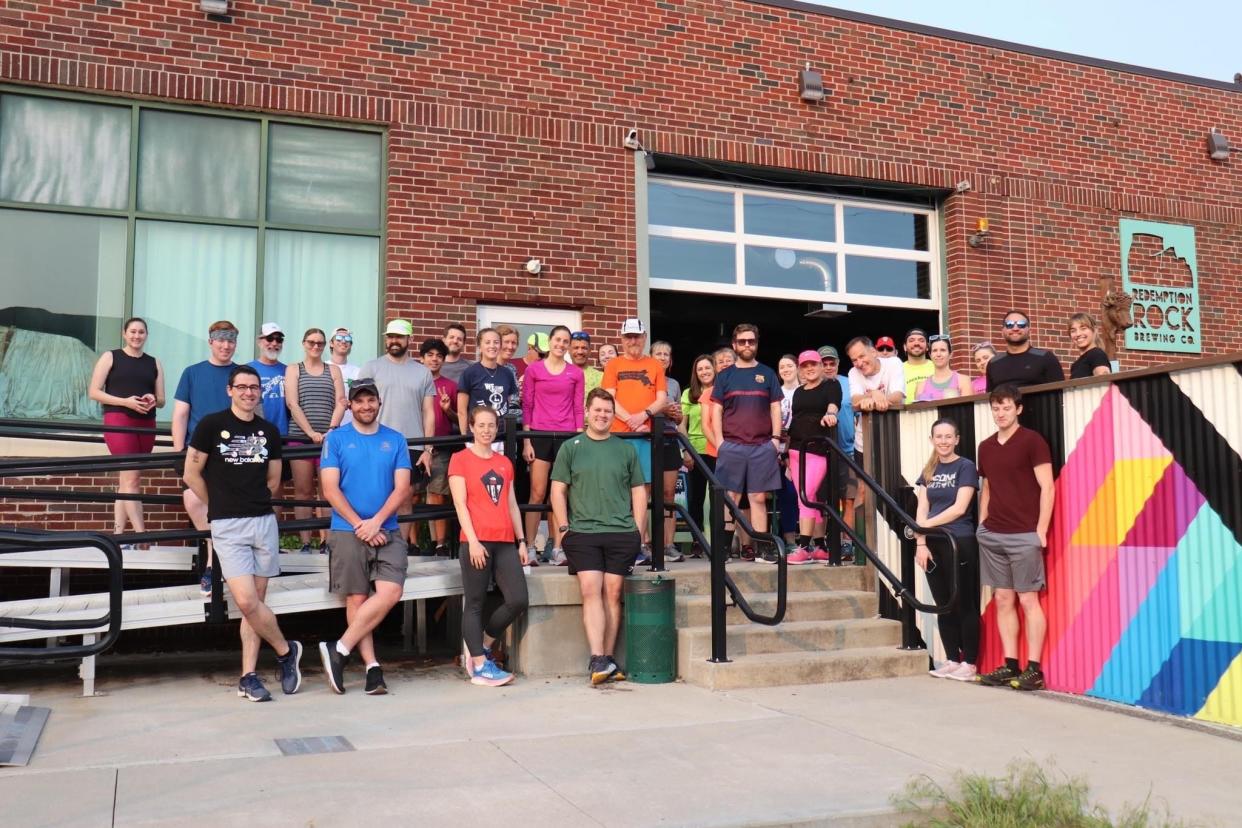
This city meeting place has started filling up its summer calendar, with craft nights and book clubs, a public market and a poetry reading. Expect a night dedicated to board games and another to the peaceful pruning of bonsai trees.
It is an events program pulled from the pages of the Worcester Public Library, but the schedule is Redemption Rock Brewing Co.’s.
By connecting to the community through an expanding slate of events, the modern neighborhood taproom shows why it continues to be the single biggest driver of growth in all of craft beer.
Amid a static, even slightly down year for craft breweries, taproom brewers accounted for the largest jump in overall production volume in 2022, according to data from the U.S. Brewers Association, the industry’s 6,000-member trade association.
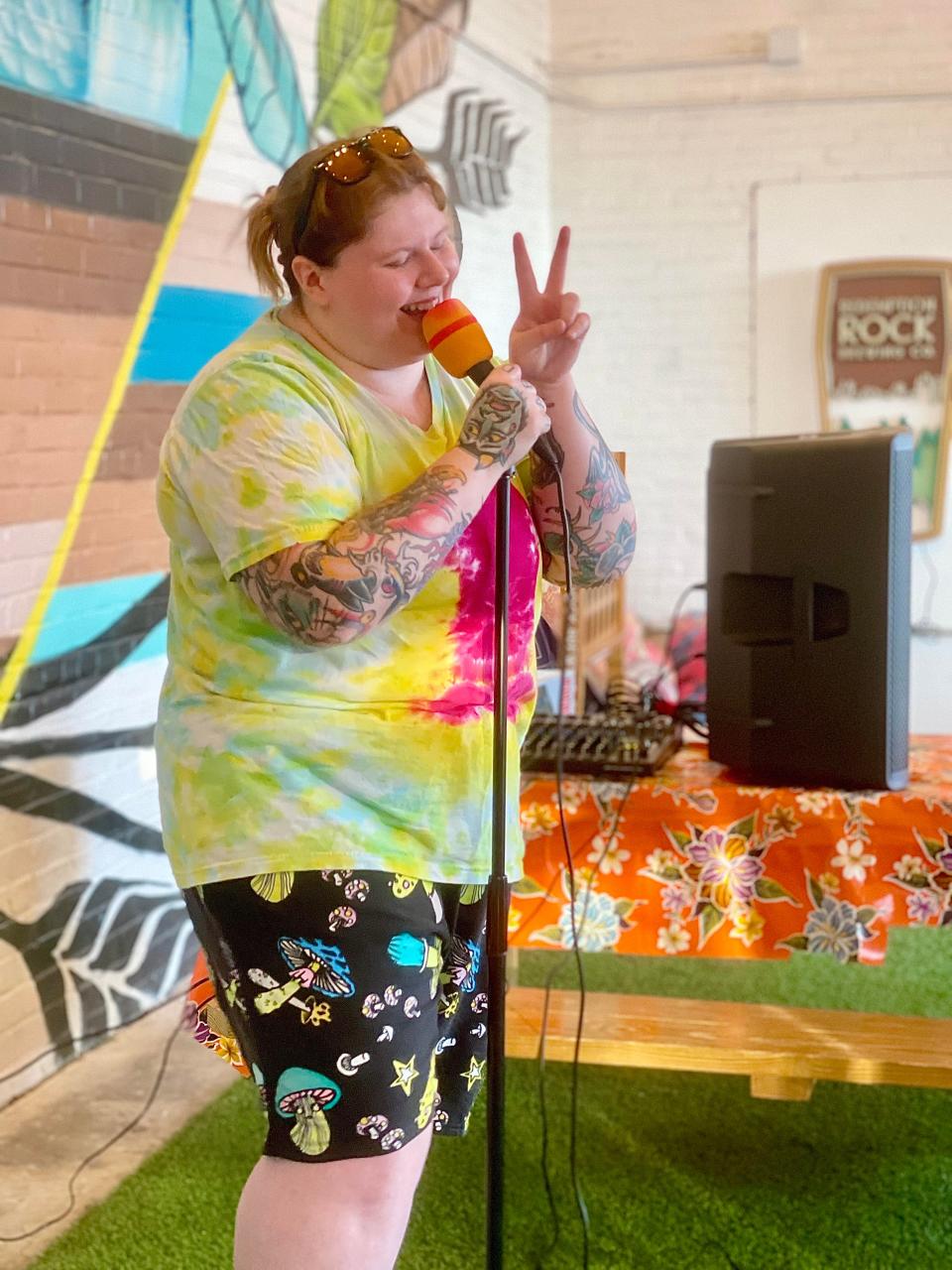
Taproom breweries — defined by the BA as brewers that sell over 25% of their beer onsite and have no significant food services — grew 9% by volume in 2022 and now make up the largest segment in the industry, with 3,838 operating in the U.S., up from 3,701 in 2021.
Taprooms thrive, the BA said, by focusing on beer’s centuries-old tradition of bringing people together. Less concerned over the grueling battle for territory inside beer coolers, taprooms see themselves as community builders.
And their bottom-lines hinge far more on the new, multifarious faces coming in than the stacks of cans trucked out.
Which brings me back to Redemption Rock, founded in 2019, and its artificial turf-covered community space.
Even as the brewery didn’t increase production in 2022 — brewing a little over 730 barrels — it expanded and diversified its events program, which lured more customers. With taproom sales sustaining the brewery last year, Redemption Rock had the time to find a new distributor and hire more employees, setting it up nicely this year to grow its wholesale business.
“A lot of our regulars are just people in the neighborhood within walking distance,” co-owner Dan Carlson told me. “But the fact that we have so many events happening, too, is a draw for people outside our immediate circle. Every time we do a paint night or a cookie class or a comedy night, we’re still getting a lot of people saying, ‘This is my first time here. This is awesome. I can’t believe I’ve never been here before.'”
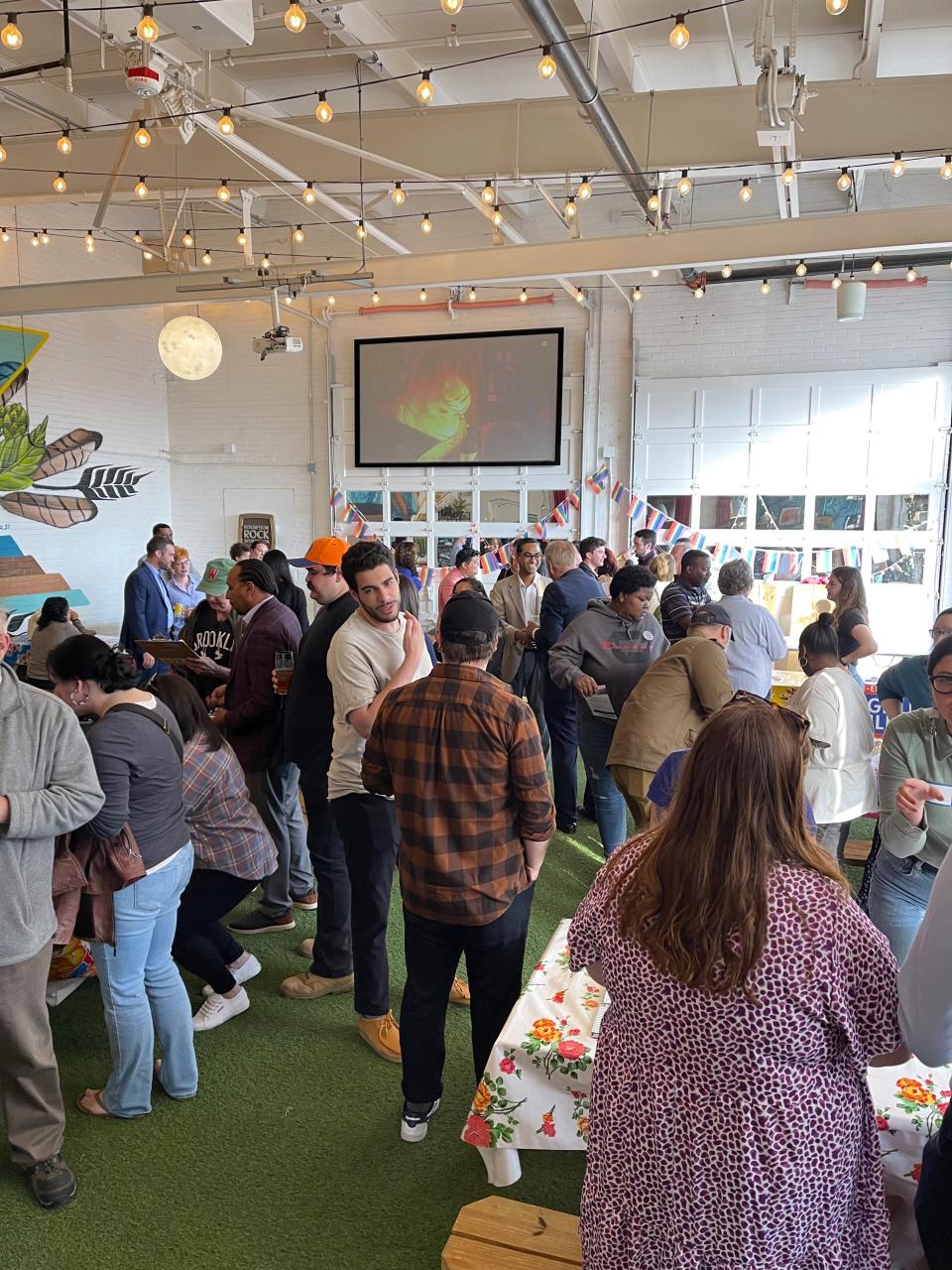
Your neighborhood taproom
Two years ago during the public unveiling of a renovated library, Mayor Joseph M. Petty called the building “a space where our entire community comes and fills it with our goals and aspirations."
We have come to expect this level of inclusion and flexibility in our public spaces. And Redemption Rock has always considered its taproom a community room with a bar.
Much the same way that libraries implore us to make use of their spaces to host meetings and events, so too has Redemption Rock with its taproom. Reaching out to the neighborhood, offering the taproom as a blank canvass for it to take advantage of, presented a way to further define the taproom experience at a brewery.
“It’s (the taproom) going to be the heart and soul of our business model, so what do we do to really make it standout?” said Greg Carlson, co-owner and head brewer. “The easy answer: Let’s let the community do it for us, be inviting and functional for them. If you look at the turf space, it’s big, you can modulate it, move stuff, bring stuff in, you can leave it open or close it off.”
Many of Redemption Rock’s most popular events were planned by regulars who wanted to use the taproom to raise funds, build awareness around an issue or host a night of roleplaying games.
Last month, a regular customer brought candidates for City Council and School Committee together for an Elections Signature Party at the taproom, the second time Redemption Rock has hosted an elections event.
“It exemplifies the great part of taprooms and the history of breweries: bringing people together for discourse and conversations over beer,” co-owner and CEO Dani Babineau said.
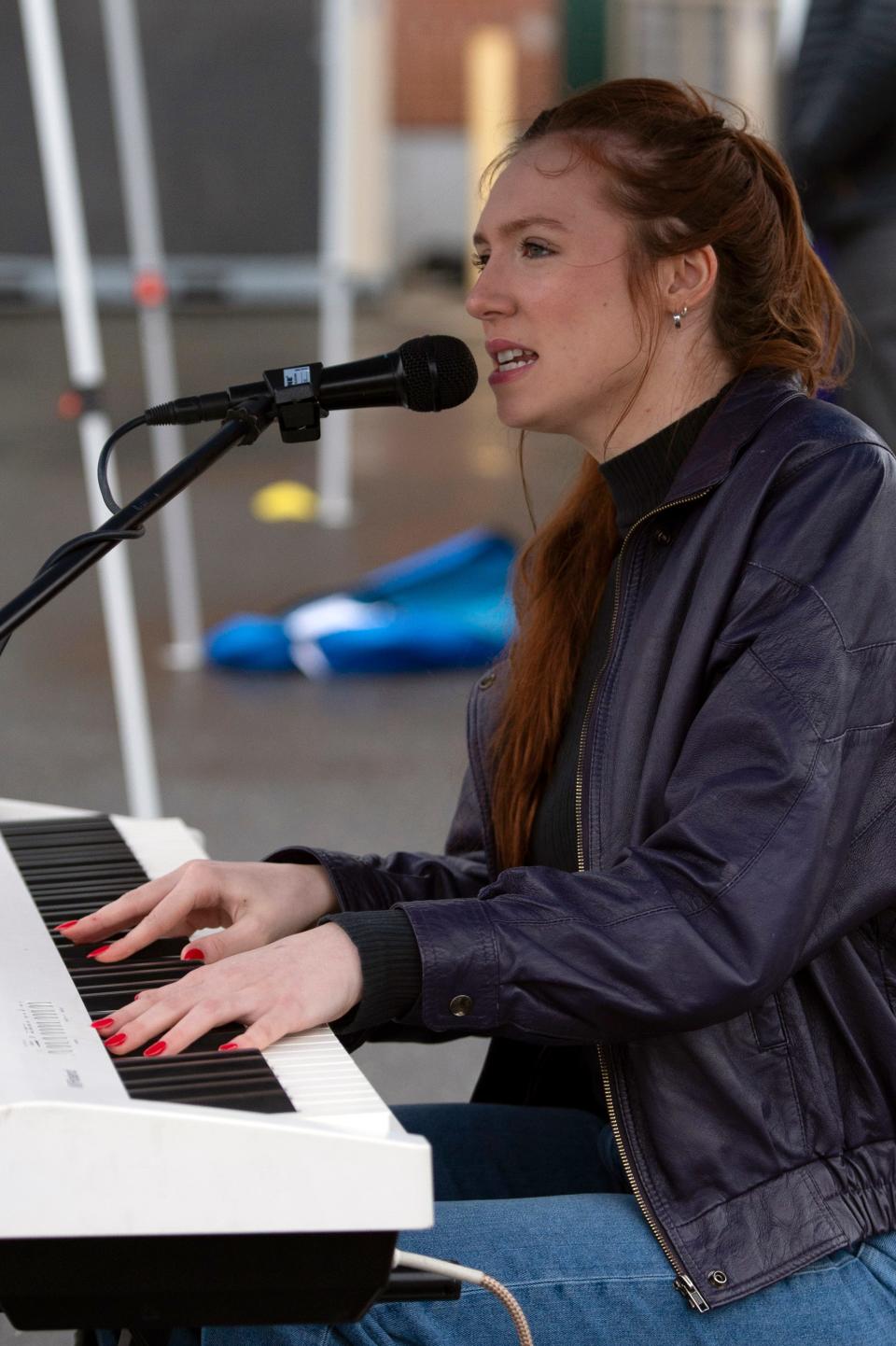
Jack’s Abby thrives amid down year for distribution brewers
If you take away taprooms and brewpubs, breweries that have the most facetime with their customers, craft beer had a generally uninspiring 2022. Regional breweries — those with an annual beer production of between 15,000 and 6 million barrels — dropped 2% by volume, even as microbreweries (15,000 barrels or fewer with 75% sales occurring offsite) inched up 1%.
Larger players Boston Beer Co., brewer of Sam Adams, and Harpoon Brewery both declined by 6% in production volume. Mid-sized brewers such as Lord Hobo Brewing Co., Wachusett Brewing Co. and Wormtown Brewery also saw drops in production.
But while other breweries of its size shrunk, Jack’s Abby cemented its reign as the largest craft brewery outside of Boston.
Jack’s Abby now ranks among the 50 largest craft breweries in the country, brewing just over 52,000 barrels in 2022, a 16% increase over 2021. Jack’s even expects this double-digit jump in production to continue next year: It forecasts 80,000 barrels thanks in large part to a burgeoning contracting brewing business, which involves brewing and packaging beer for other brewers.
“It’s exciting,” Jack’s co-founder and CEO Sam Hendler told me in phone interview. “It comes within the context that a lot that growth is being driven by a changing industry. A significant portion of that increase in production is attributed to the contract brewing work we’re doing. That’s a part of the work that, pre-COVID, we didn’t do, but now it’s becoming a bigger and bigger part of the brewery.”
Jack’s has added three contract brewing partners, including Night Shift Brewing, since 2020 and will continue to take a measured approach to sustain the quality of the beer it produces.
“Our production managers treat all of the beer we brew here like it’s our beer,” Hendler said. “If it’s a defect, we don’t put it out into the world. If we’re going to succeed doing this, quality can’t slip. Quality needs to be the number one focus, whether that’s beer brewed for our brand or beer brewed for another brand.”
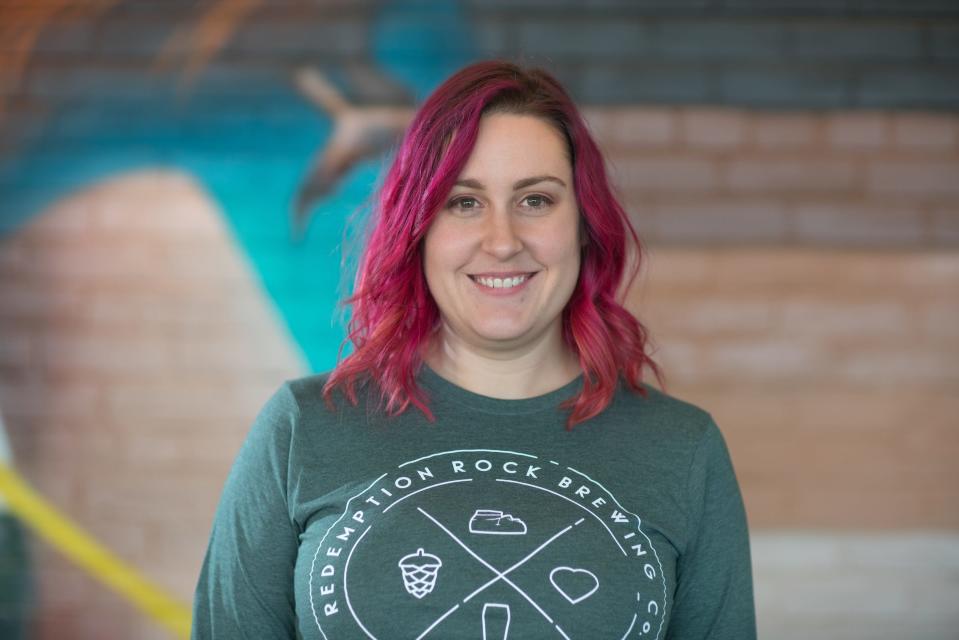
Craft beer’s lingering diversity problem
Of all the issues that threaten to curb craft beer’s growth in the years ahead, its inability to endear itself to women and people of color stands out as the most worrisome.
The Brewers Association made a point to call attention to this problem in its annual industry review, framing it in plain business terms: Craft beer, it wrote, “continues to struggle to connect with the two big consumer groups responsible for growth in beverage alcohol: women and BIPOC (Black, Indigenous, and People of Color) consumers.”
“Surveys show that craft has fewer female and BIPOC drinkers than wine, liquor, cider or seltzer in the last 30 days,” the BA wrote. “People of color represent 40% of the individuals under 25 buying alcohol and 2019 marked the first time in U.S. history that women represented the majority of alcohol consumers under 25.”
I asked Redemption Rock’s founders how they have made their brewery a more welcoming place to all. Most of its diversity, equity and inclusion work isn’t sexy; it happens behind-the-scenes, as with its blind hiring initiative to avoid bias when hiring new staff.
Its community focus helps, too, and it means making an effort to touch everyone. “When you’re looking at your lineup of events, who are your collaborators? If they look a lot like you, take a moment to check yourself and figure out new ways to involve the rest of your community, because it’s there,” said Dan Carlson.
Change doesn’t come quick, though, Dani Babineau said.
“You have to be consistent, and you have to be patient,” she said. “We’ve been open for four and a half years now and a lot of that time has been spent proving ourselves. This place is cool. This place is safe. This place is welcoming. Those things are hard fought for. It’s us building a reputation since we opened by being consistent and being honest.”
This article originally appeared on Telegram & Gazette: As regional brewers decline, Jack’s Abby surges

